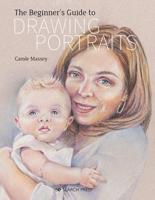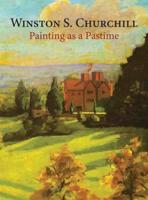Publisher's Synopsis
Excerpt from Modern Art, Vol. 1: Being a Contribution to a New System of Esthetics
Our collective artistic culture was bound to suffer, when the collective forces of art were concentrated in a special domain, that of pictures and statues. The fact is not minimised by the consideration, that this development was the work of a glorious history, originating in the most brilliant phases Of modern culture. Nor can it be denied that the most splendid epochs of humanity achieved their great results without the omnipotence of pictures. It will hardly be contended that the Greeks lacked the instinct for artistic expression. The only modern nations that may aptly be compared with the Greeks in artistic importance, the Chinese and Japanese, certainly had pictures, but they had them as the Greeks had their sculptures and their wall-decorations; to such gifted nations as these, abstract art was not the final goal of artistic ambition, but merely one of the many emanations of their rich culture. These works are, no doubt, the most important evidences of their art that we now possess, but they are far from being the only ones they crown a whole that is homogeneous throughout. They are, therefore, infinitely less significant of the degree of culture of their age than are works of equal importance in our own times. To the brilliant researches of German savants, more especially F urtwfingler, we owe the beginnings of a personal estimate of Phidias. Yet who does not feel that even this greatest of artists was not the arbiter of his epoch, but a product of its glory?
The ideal interdependence of all artistic activities made art the possession of the whole people, and enabled them to understand it and to love it.
About the Publisher
Forgotten Books publishes hundreds of thousands of rare and classic books. Find more at www.forgottenbooks.com
This book is a reproduction of an important historical work. Forgotten Books uses state-of-the-art technology to digitally reconstruct the work, preserving the original format whilst repairing imperfections present in the aged copy. In rare cases, an imperfection in the original, such as a blemish or missing page, may be replicated in our edition. We do, however, repair the vast majority of imperfections successfully; any imperfections that remain are intentionally left to preserve the state of such historical works.









